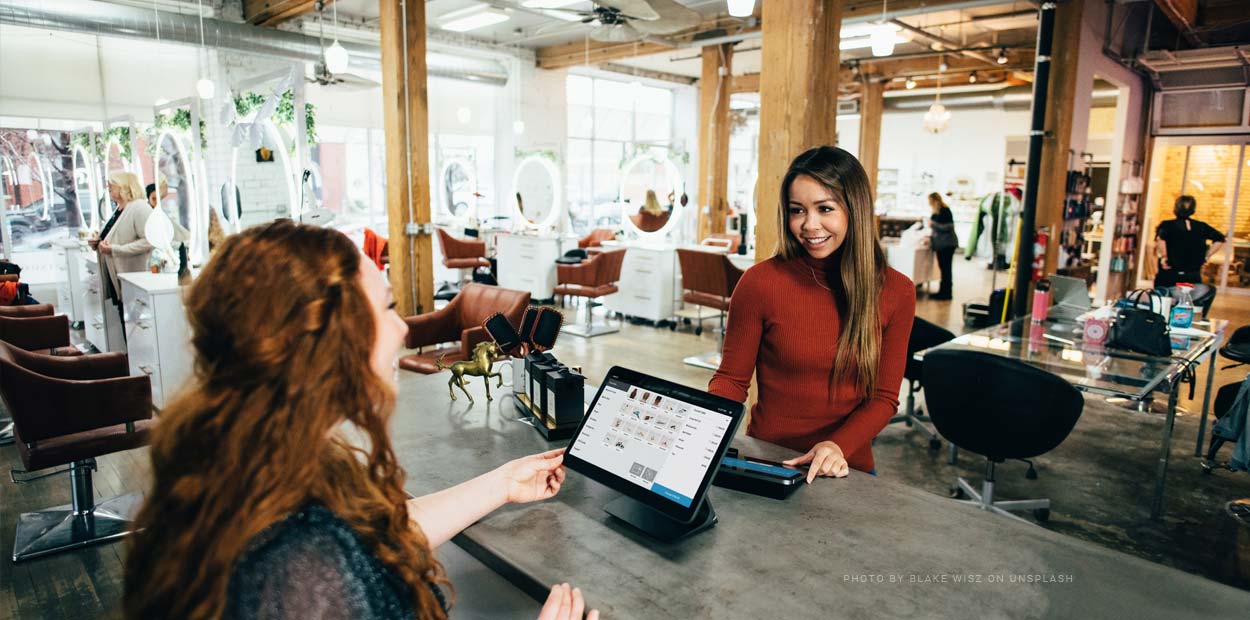Customers, buying behaviour and competition – becoming self-employed #5
Customers, purchasing behaviour and competition – let’s assume that this is the case: The business model is in place, the basic structure is well thought out, the financing is secured, the products are produced, whether software or psychological, the sales department is ready, who are you talking to now? Know your own customers. Their interests, wishes and needs are the absolute foundation of business management.
understand customers: Needs, desires and demographics
It is always helpful to ask yourself these questions:
- What is your customer?
- What does he or she do in his or her free time?
- What is the family situation?
- What does he or she do?
- Which car would he or she drive?
- In which part of town does he or she live, simple or upscale?
- What is the housing situation, 40 square meters in the city center or 200 square meters of own home in the country?
- What household does the person have, from furniture to decoration?
- What about the attitude to life?
- How much time does he or she spend at work and how much with the family?
- What dreams and goals does the person have?
- May she or he like sports and cars or would you prefer politics and economy?
- How much income is available to him or her in a month?
- How much does he or she spend on the family and how much for himself?
- How extensive and long can these questions actually be in the concrete analysis?
The better you know the person, the better. It not only helps you, but also all team members to better understand customers. Not only internally, even externally, in cooperation with freelancers or also later in agency projects, e.g. when an agency is commissioned for search engine optimization and accordingly must have knowledge of its own target group to adapt the writing style accordingly. It becomes even more concrete e.g. with advertisements in social networks, here everything plays a role: Demography, interests, age, relationship status, brand affinity, open and secret desires, planned expenditures, unplanned expenditures, etc..
Visualization: Customer specification
A simple help here can be the visualization on a sheet of paper, with Photoshop, InDesign or another program. E.g. an A3 paper or a PDF with different photos of “the person”, the interests, the favorite brands, the goals and wishes. Depending on the clientele, three or four ideal customers are created, which can then be understood by the entire team on the basis of the analysis and visualization. Depending on this, the marketing approach develops, the wording in the brochures, the photos in the online shop and of course the choice of social networks. Fashion on TikTok and Instagram or adventure trips with hotel booking for couples in their prime, on Facebook. Distribute flyers in the district or send handwritten letters in a targeted manner?
Of course, the knowledge about the customers not only helps in marketing and public relations, they are just as important for the product. Improvements are made on the basis of the findings. Physical products are ergonomically improved, e.g. because it turns out that the customers sit a lot at the computer and therefore need a softer contact surface with a slight curve. Digital products are improved in their application, e.g. through simple sorting functions that save the marketing employee a few hours of sorting work every day. The analysis also revealed that contact persons usually communicate with more than 100 people per year and therefore have to permanently coordinate new projects. Due to the high number of projects, it makes sense to build a search mask. This was of course done immediately on the basis of the customer analysis. Of course, the visual appeal is now also oriented to the selected customer segment. Stylish and minimalist or loud and colourful? The variables are adjusted according to the analysis of the customers.
Create Moodbaord, collect interests and habits
A moodboard is therefore very practical for the visualization of your own customers. The anonymous target group suddenly becomes 37-year-old Petra, who lives with her husband and a child, works full-time and loves to spend the weekend with her friends and wellness. Every second Sunday she visits her parents and takes a longer trip of 3 hours. The photo shows a person with medium brown hair, green eyes and bushy eyebrows. Hello Petra!
Next to Petra hangs Michael, 42 years old, in a relationship with child, loves climbing and sailing. What would Petra and Michael prefer? Do they get along well with the online shop? Do you see the right pictures? If Peter is nearsighted, is the font size correct? Is the speech correct? All this can now be estimated much more precisely, because the target group is no longer anonymous but precisely identified. What would Michael say? What would Petra say? And what do they want? Let us come to needs, small luxuries in everyday life and big dreams.
The little luxury in everyday life: pick up customers
Not only the opinion of the two is important, but also their feelings and emotions. In business administration, this is once again one of the absolute basics. There are extremely many models and theories here. From absolute basic needs to self-realization, where is your target group in the current life situation? Needs and wishes are long before your product or service. People satisfy their needs by buying, you have to remember that. You don’t have to like your product, it has to meet the needs of the customer. From very basic needs such as “getting fed” to needs such as recognition and the purchase of luxury goods. Orient yourself on this and give your business idea the benefit that meets the needs of your potential customers.
- What needs will these two have?
- What little luxury do you treat yourself to in everyday life?
- And how do they actually spend their everyday life?
- Do you have dreams that you want to realize this year (family vacation in summer)?
- Do you have long-term dreams that you want to realize (home ownership and building society savings)?
- Invest money in your children (game console for Christmas to private university)?
Purchasing behaviour and opportunities to meet
Where and when are the best places to meet customers? In the Internet, directly after a search query, in the results through search engine optimization or in the supermarket, at about 1.4 meters height, perfect to reach or yet the local shop, a restaurant in the popular district, so that casual customers automatically animate the shop. In terms of buying behaviour and opportunities for encounters, a great many concepts can be created.
Meeting places can also be created, e.g. through events. From the open day in the shop to the fashion show of the online retailer. Of course with a selected audience (customers) and influencers.
Additionally there are ways on the own platform, e.g. in the shop. Let’s think back to the supermarket, shelves are positioned exactly so that customers are guided in a certain way. Of course, angles are also created in which one should remain for a short time. Shiny tiles give the impression of “freshly wiped” and let us automatically run slower. In addition, there is the classic pick goods in the checkout area. So the path is optimized. It should be the same in every online shop. How many clicks does the customer need before he has his product in the shopping cart and fills in the payment information? Does the user need 12 clicks or only 3 clicks? The optimization of the paths plays a central role online and offline and should therefore be considered in your conception and planning in advance.
How can customers be reached optimally?
When it comes to needs and basic needs, it is also easy to see that there are of course not thousands of ways to meet them. Accordingly, many try a business model to establish themselves in the market around these few needs. The competition is just around the corner.
How do you differ from your competition?
Product meets competition: benefit, innovation and difference
Your product has made it and is in direct competition with the competition: on the supermarket shelf, in the online trade or in the search engine. So the next step is to work out the differences to the competition. As mentioned before, there is no need to reinvent the wheel. Business ideas can also arise from small innovations. A new benefit, a small difference, a tiny detail. Sometimes it is also enough to equip a classic business model with online shop, keyword drinks online trade, done.
However, the individual differences must be worked out as concretely as possible. At the same time, they must be as brief as possible. Simple statements like “our product is better” do not convince anyone. Statements like “our shop makes the product accessible to everyone for the first time”, much better. So it needs a concrete benefit, a concrete difference compared to the competition. Be it the accessibility through digital trade or the revolution of a classic product like the dog leash with click system.
Just as with the USP, the unique selling proposition, i.e. the central sales argument, the aim here is to summarise everything as briefly as possible, preferably in 1 to 4 key points in the shortest form.



